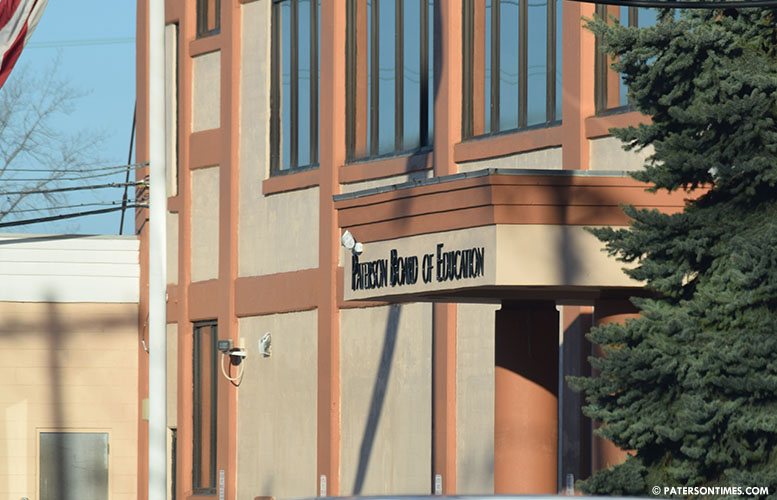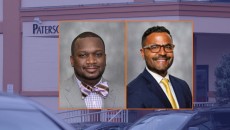The school district has almost doubled science instructional time for students in lower grades, according to a report presented to school board members earlier in the month.
Number of schools that met the state recommended 120 minutes or more of science instruction time per cycle increased to 67-percent in 2017-18 school year, up from 36-percent the previous academic year, in K-5 grades.
“We have a long way to go still; but, we’ve made significant gains this year,” said Sarah Sterling-Laldee, supervisor of science at the Paterson Public Schools, to school board members on May 2, 2018.
Sterling-Laldee described science instruction as part of the district’s education garden that hadn’t been tended to in a long time. She had talked about the lack of science instruction time in schools in September and set out to take steps to increase it.
“This area of the garden has received some really intense cultivating,” said Sterling-Laldee. She said this year the district hired two science instructional coaches to provide training or professional development to teachers.
11 schools were supported by the trainers, who were expected to be brought on in September but didn’t start until January. Over 100 training sessions were provided to teachers, she said.
“While quantity may have improved, quality may have not,” said Sterling-Laldee. She said some of the challenges include high teacher turnover, under-scheduling, and teacher workload.
Some school board members asked about the state of science instruction in high schools. There are challenges in high schools. For example, there’s a shortage of chemistry, physics, and engineering teachers and school labs are in poor condition.
“We have very few fully functional, state-of-the-art labs at high schools and elementary schools,” said Sterling-Laldee.
School board member Emanuel Capers wanted to know how many labs are in the district and which ones are functional. A walk-through of the labs was conducted and a report was produced. School board members wanted to see the report.
The new schools, School 16 and the Hani Awadallah, have state-of-the-art labs. Also, John F. Kennedy High School and Harp Academy have functional labs.
“We have a plan for the science labs,” said superintendent Eileen Shafer, touting her four-year plan to at least bring all school labs to a functional state. “Our kids have to wait. In other places kids don’t have to wait.”
Five labs will be renovated next year, said Sterling-Laldee.
The lab problem is clearly illustrated by an Eastside High School example. The high school on Park Avenue has the most chemistry classes. Its labs do not have working fume hoods.
This indicates the labs were not being done, said Sterling-Laldee.
There’s also lack of science electives. Sterling-Laldee said to offer more science electives to students in high school requires teachers. She suggested developing a pathway to certification for teachers with demonstrated commitment to the hard sciences.
School board member Jonathan Hodges agreed with her suggestion. He wants a stipulation that teachers, who obtain certification via the district’s pathway program, remain in Paterson for a few years.
Sterling-Laldee said the other problem has been there’s a lack of implementation of the district’s science curriculum.
“What can we do about that?” asked Hodges.
There was no curriculum before last year, said Sterling-Laldee. School teachers are getting used to following the district’s curriculum.
Email: [email protected]



